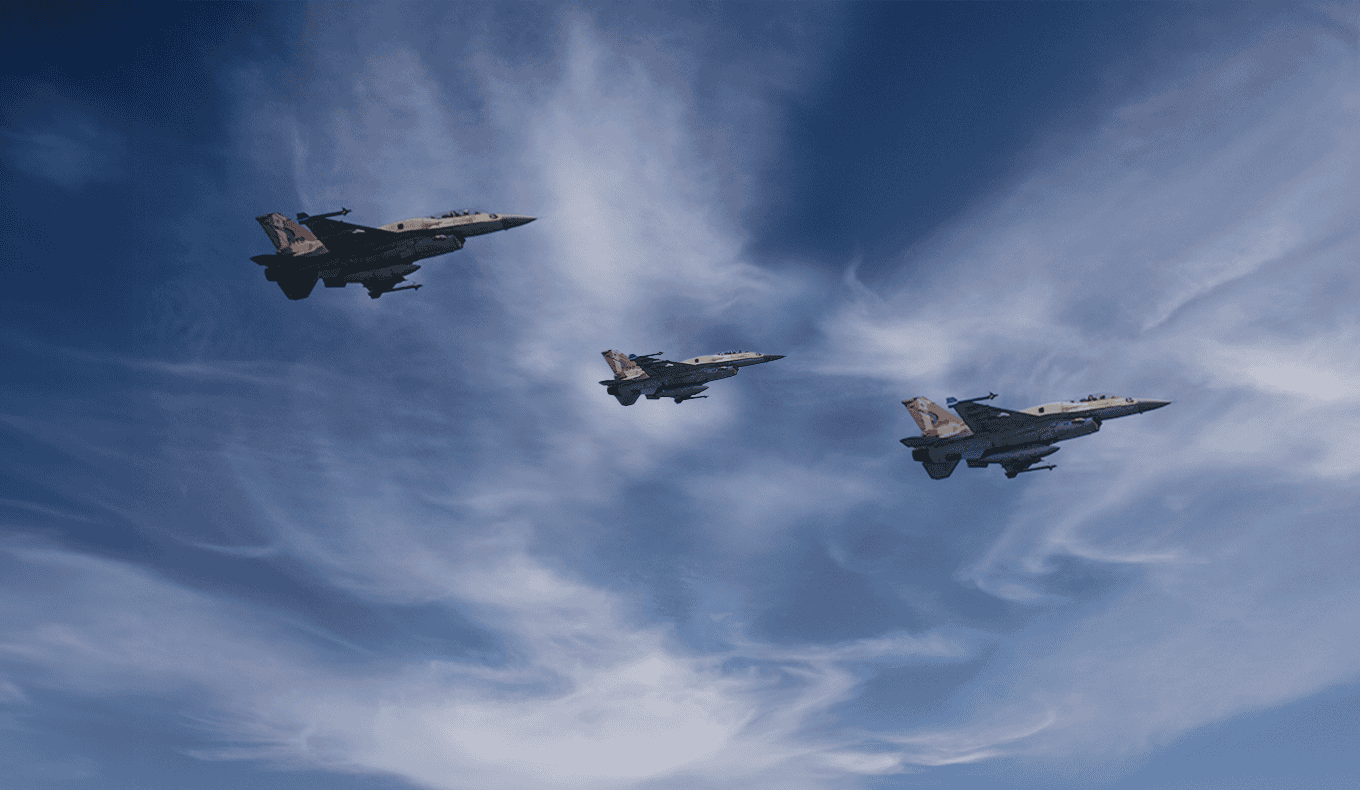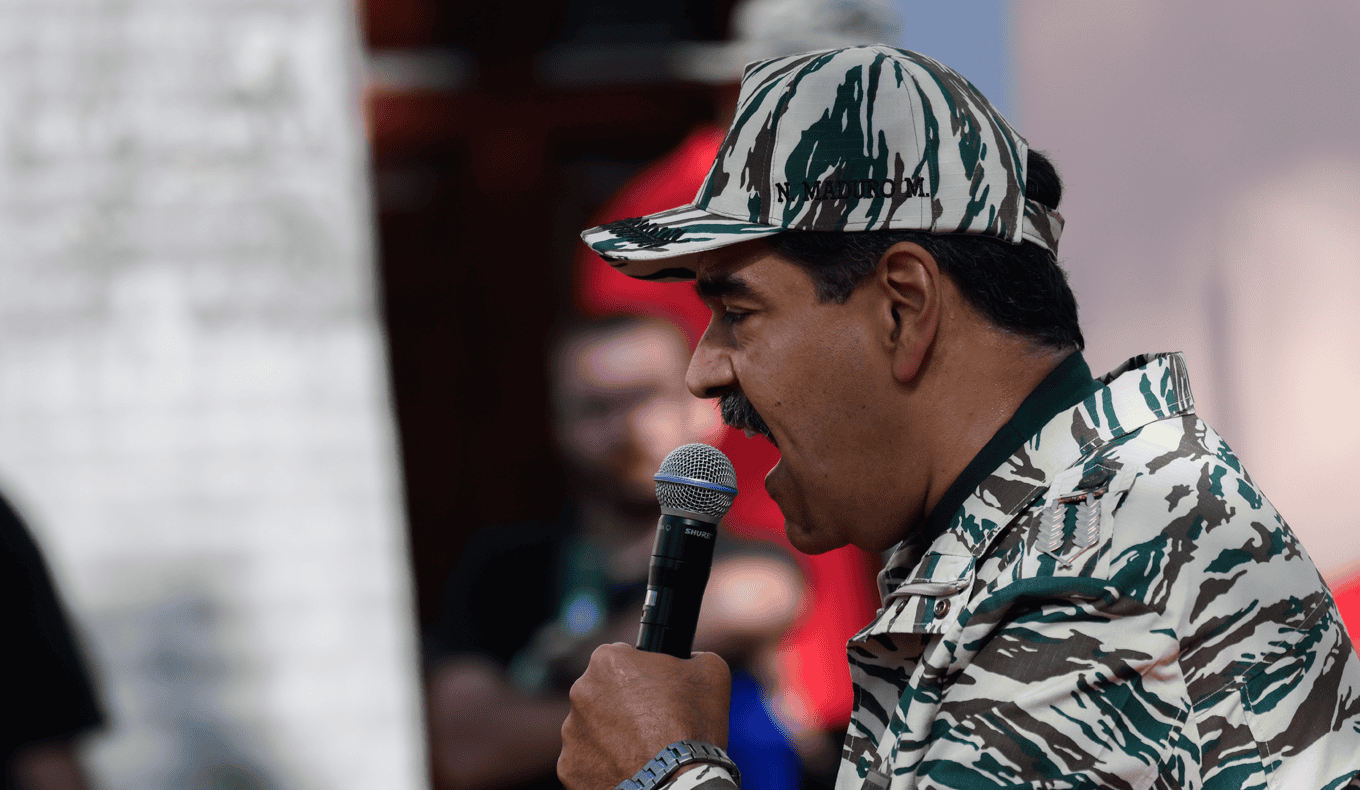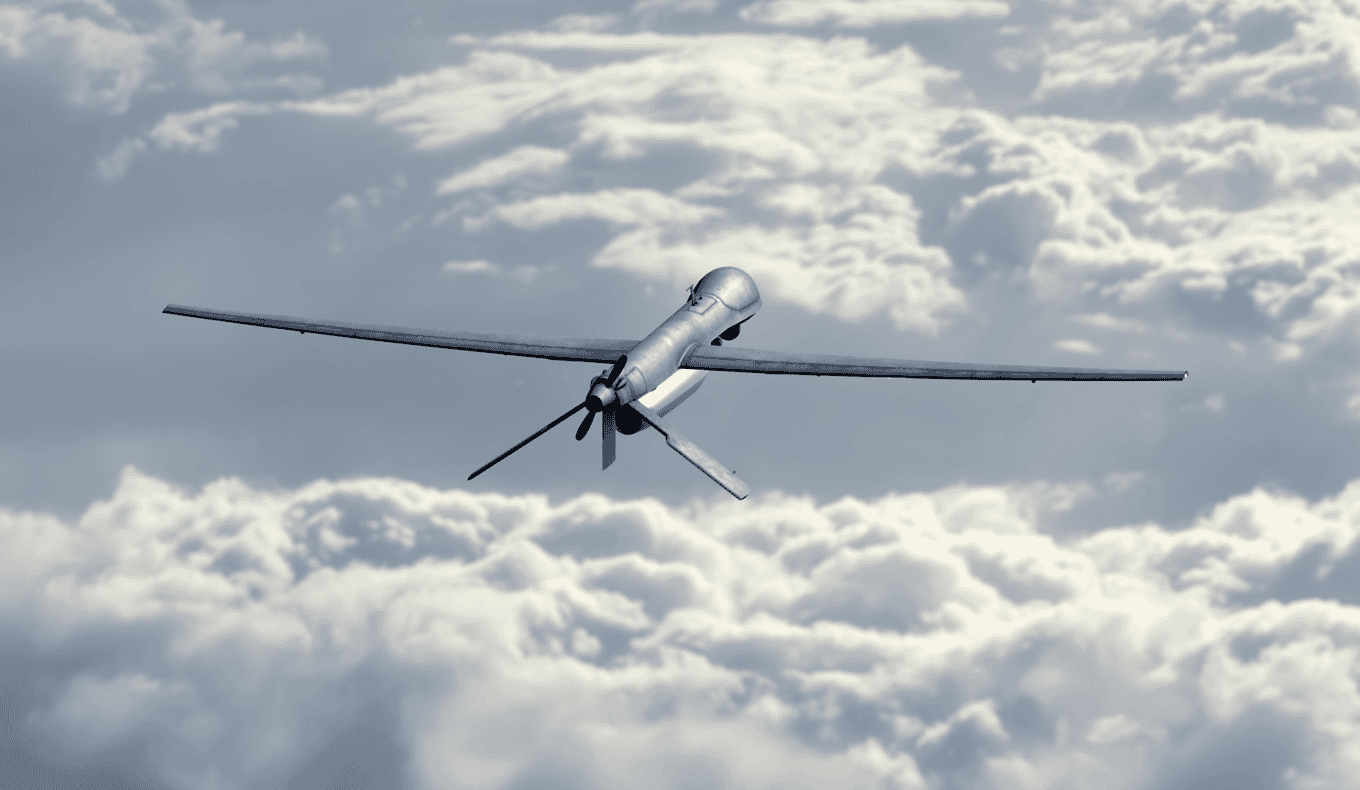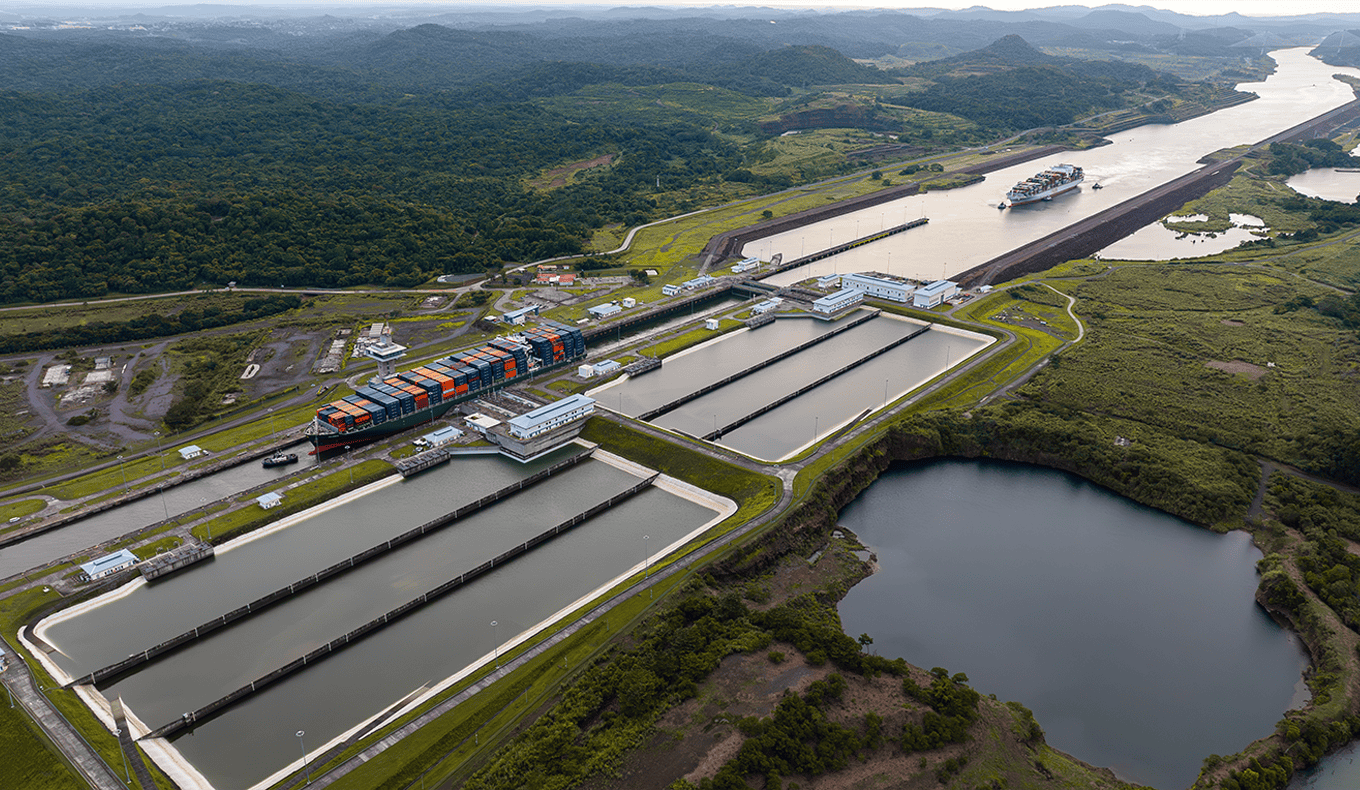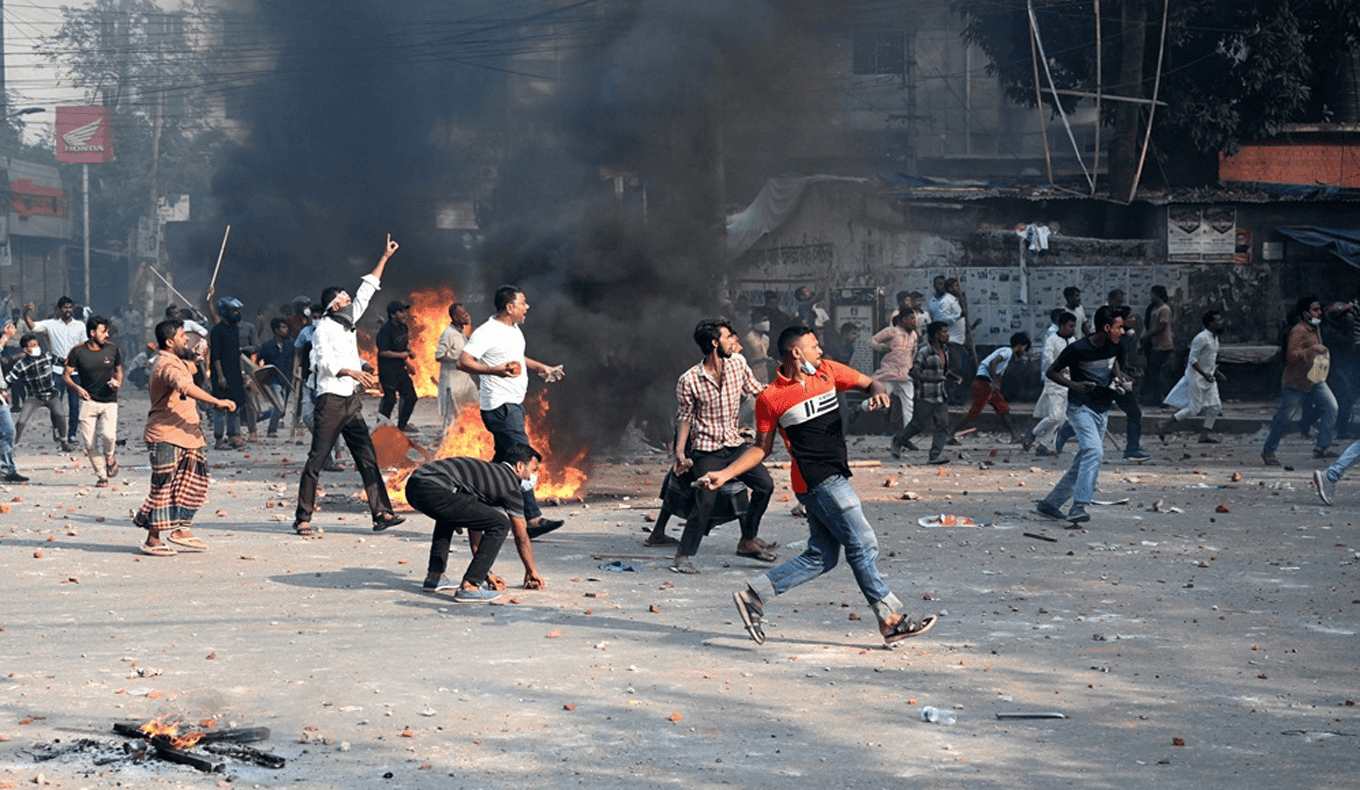Executive Summary:
-
During the overnight of July 18-19, a UAV impacted a building in central Tel Aviv, killing one and wounding several others. The Yemen-based Houthis claimed responsibility and pledged further attacks as long as Israel continues its operation in Gaza. This marks an escalatory move by Iran’s “Axis of Resistance” factions vis-a-vis Israel.
-
The UAV was reportedly spotted by Israel’s air defense units but was not intercepted due to human error. This indicates that a Houthi claim of the UAV being capable of circumventing radar systems is likely exaggerated and suggests that the IDF is capable of and will engage in a prompt learning process to bridge the gaps that facilitated the impact within the city.
-
The IDF will also likely bolster aerial defense systems and cooperation with international partners, including US CENTCOM, to secure the country’s airspace, which will likely render such instances isolated in nature.
-
Continue to remain extra vigilant and cognizant of regional developments in the context of the Israel-Hamas conflict. Follow the instructions of the IDF’s Home Front Command (HFC) on July 19 and over the coming days. Contact MAX’s Intel team and/or operations@max-security.com for further consultation and support.
Current Situation:
Incident
-
During the overnight hours of July 18-19, an unmanned aerial vehicle (UAV) impacted a building on Ben Yehuda Street at the corner of Shalom Aleichem Street in Tel Aviv, near the US Embassy compound.
-
The Israel Police confirmed that one civilian was killed, and ten others were lightly wounded.
-
A preliminary investigation within the IDF indicates that the UAV was detected by Israel’s aerial defense systems on its flight path but was not classified as an aerial threat due to a human error. As a result, no Color Red sirens were triggered, and the target was not intercepted.
-
Although the origin of the UAV is still under investigation, initial findings suggest that it was a long-range UAV which flew for several hours toward Israel at a low altitude and approached the target from the direction of the sea.
Official announcements
-
On July 19, the Houthi Military Spokesperson, Yahya Saree, announced that the operation in Tel Aviv was carried out by a new UAV named “Yafa [Jaffa],” which is capable of bypassing Israel’s interception systems and evading radar detection. He claimed that the operation targeted an important site in around “occupied Jaffa…now called Israeli Tel Aviv”.
-
He further stated that the Tel Aviv region is considered an “unsafe area and will be a primary target” for the Houthi movement. He also indicated the Houthis retain a bank of targets in “occupied Palestine [Israel]”, including sensitive military and security targets and that the movement will continue to strike these targets in response to what is happening in the Gaza Strip. He stated that the Houthi operations will not stop unless the Israeli “aggression and siege” on Gaza will stop.
-
Reports citing a US State Department spokesman indicated that there was no damage to the US embassy branch in Tel Aviv and no reported injuries to staff. The spokesperson added that the US embassy in Jerusalem and the branch in Tel Aviv are prepared to assist any US citizens in need.
Assessments & Forecast:
- The UAV attack on Tel Aviv’s Ben Yehuda Street, located very close to the US Embassy Branch building, constitutes the first UAV attack directly hitting the city amid the current conflict, presumably by the Yemen-based Houthis. As such, it constitutes a significant escalatory move by the regional Iran-backed “Axis of Resistance” factions and highlights their audacity and bold stance against Israel amid the latter’s ongoing conflict in the Gaza Strip. The motivation for such escalatory action in general is likely related to the significant and growing pressure Israel is exerting on Hamas in the Gaza Strip.
- The Houthis stated that the attack was conducted with a new UAV called “Yafa,” which is capable of bypassing Israel’s air defense systems and radars. At the current juncture, this claim is likely an exaggeration. This assessment is based on the IAF’s initial investigation, according to which the systems did identify the device and detected part of its flight path, but it was not classified as a hostile aircraft due to human error. This indicates that despite the plausible human error in judgment, Israel’s aerial defense systems were not overwhelmed from a technological standpoint. FORECAST: Therefore, the IDF likely retains the ability to engage in a learning process to bridge gaps in the country’s prominent aerial defense umbrella, which will likely take place in the immediate term. Meanwhile, the IDF will likely remain on high alert and deploy significant assets in order to secure the country’s airspace to further diminish the threat of additional attacks. This will also likely involve regional forces of Israel’s allies, especially the US Central Command (CENTCOM) that retains assets in the region and occasionally down aerial threats on their way to Israel. In this context, the successful impact in Tel Aviv will likely remain a relatively isolated incident, and the overwhelming majority of UAV threats to Israel will continue to be intercepted, as was the case in the past few months.
- That being said, the incident reiterates the regional buildup of the Iran-backed “Axis of Resistance’s” UAV capabilities in multiple arenas in the Middle East, including Lebanon, Syria, Yemen, and Iraq, which have challenged aerial defense systems both in Israel and in other US-allied countries in recent years, including Saudi Arabian and the UAE. In this context, Tehran has been supporting the development of its regional allies’ operational capabilities in terms of UAVs and missiles. This was also indicated in the current attack, with the IDF’s Spokesperson indicating that the UAV used was an Iranian-made device with improvements [likely in its operational ranges]. With this, Iran and its regional allies exert pressure and increase their leverage on their foes in times of need, with their current pinpoint likely being Israel’s continued military pressure on Hamas in Gaza.
- FORECAST: The current success of the latest attack in impacting central Tel Aviv, together with the audacious stance and statements by the Houthis and Axis of Resistance factions, indicates that the latter will likely be encouraged to attempt further aerial attacks against the country in the coming days and weeks. The risk will thus be slightly elevated in the immediate term, especially amid the current Houthi pledge to conduct further qualitative aerial attacks.
- FORECAST: This will significantly increase the pressure on the Israeli leadership to respond to the latest attack, despite Israel’s general inclination to contain other arenas beyond Gaza. Although Israel has not officially confirmed the Houthis as the perpetrator, the dilemma regarding direct Israeli retaliation against the Houthis or other regional Iran-backed factions will increase, while international backers of Israel will likely call for containment. Given Israel’s proclivities amid the war, it is more likely to favor a retaliatory attack but one that would allow it to retain plausible deniability and not embroil Iran’s regional allies further into the conflict at this stage.
Recommendations:
- Due to the continued conflict in the Gaza Strip and ongoing tensions between Israel and Hezbollah and other Iran-backed groups, consider the necessity of travel to Israel at the current time.
- Continue to remain extra vigilant and cognizant of regional developments in the context of the Israel-Hamas conflict. Follow the instructions of the IDF’s Home Front Command (HFC) on July 19 and over the coming days.
- Contact MAX’s Intel team and/or operations@max-security.com for further consultation.
